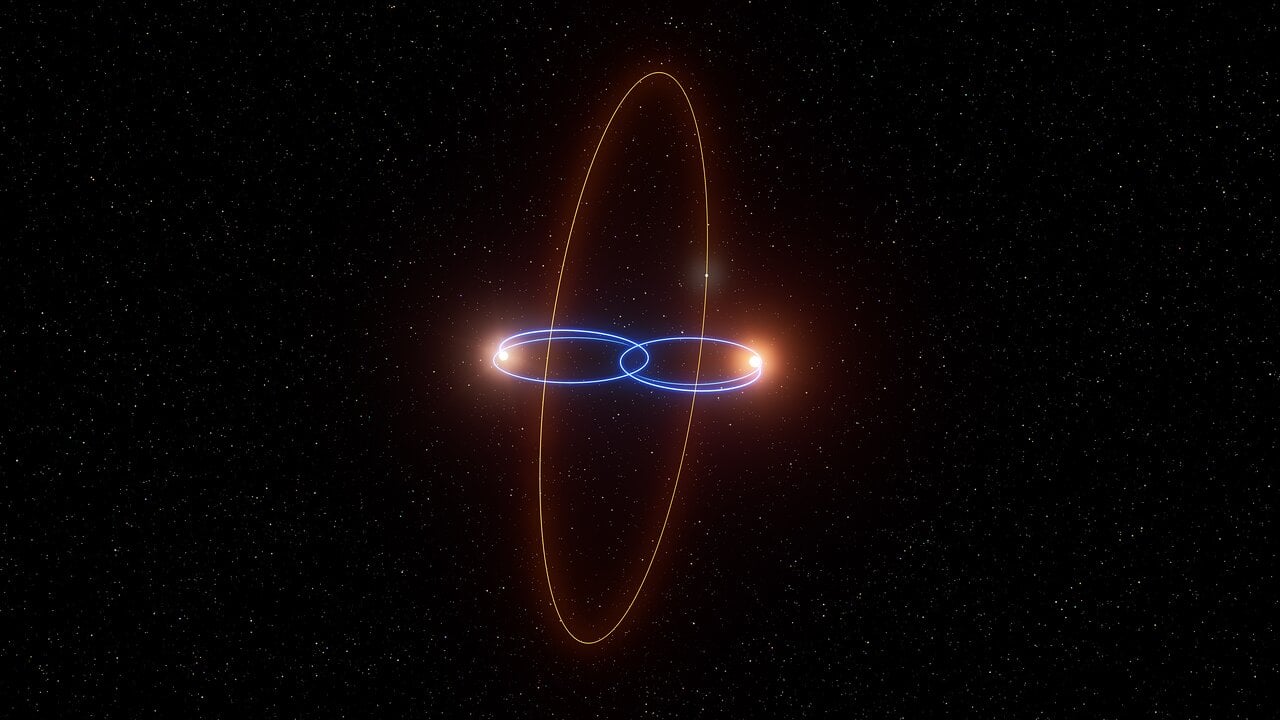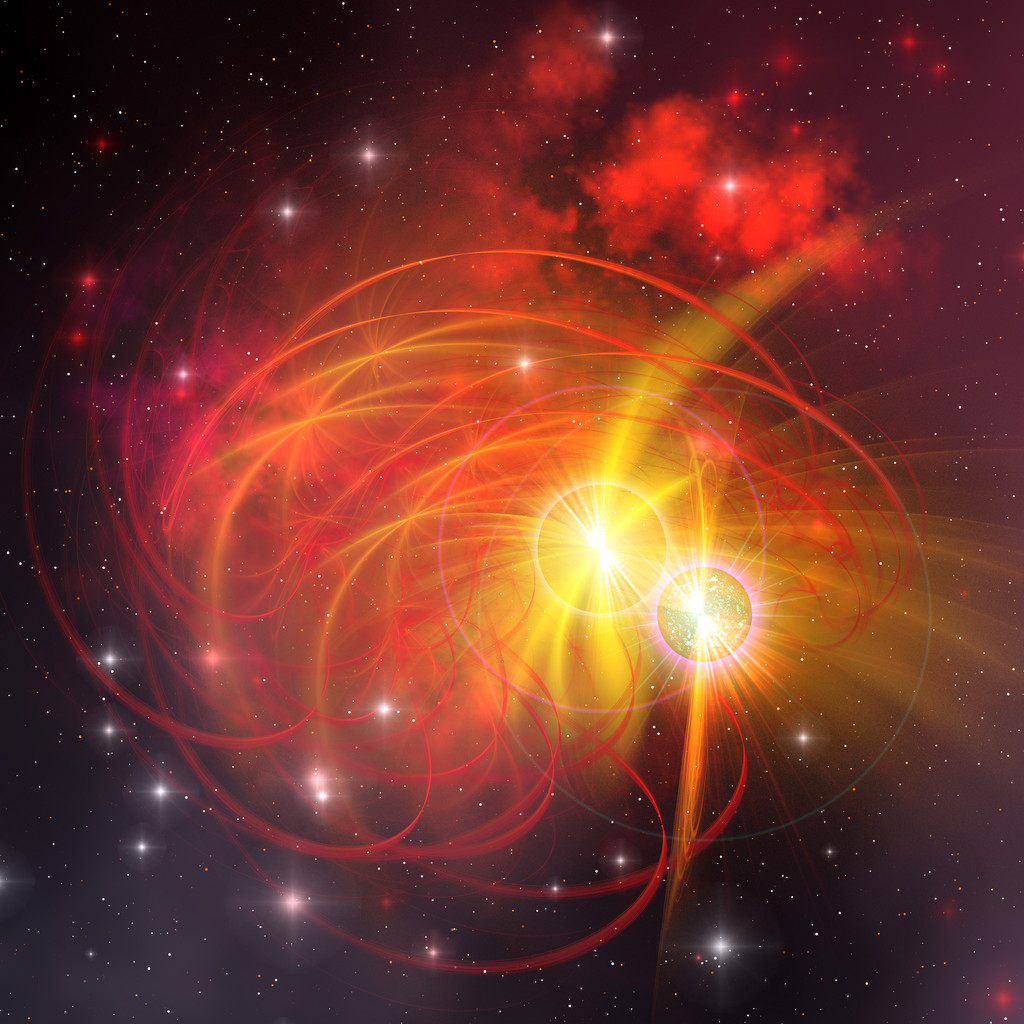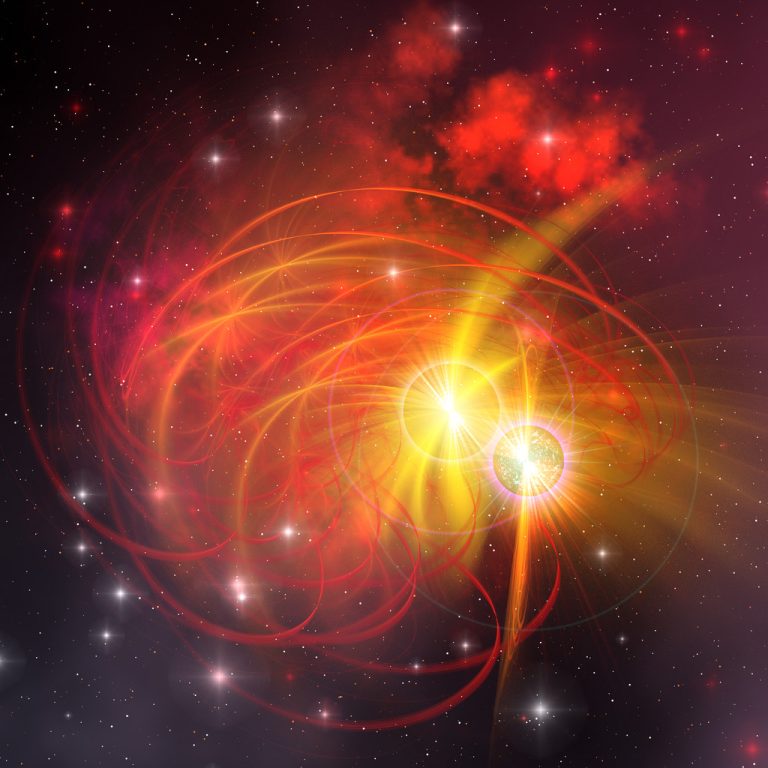Astronomers Find Planet in Unusual Polar Orbit Around Twin Suns
Astronomers have discovered an exoplanet, 2M1510 (AB) b, orbiting at a 90° angle around a pair of brown dwarfs—an arrangement never before confirmed in any binary system, opening new questions about how planets form and survive in extreme gravitational environments.
Summary
- Astronomers using the European Southern Observatory’s Very Large Telescope detected unexpected wobbling in the brown dwarf pair 2M1510, indicating a third body in the system.
- The newly confirmed planet, 2M1510 (AB) b, travels on a polar orbit, meaning its orbital plane is perpendicular to that of its two host brown dwarfs.
- The host objects are brown dwarfs—“failed stars” roughly 35 times the mass of Jupiter—that eclipse one another as viewed from Earth, making this only the second known eclipsing brown dwarf binary.
- 2M1510 (AB) b lies about 120 light-years from Earth, and is likely a gas giant several times Earth’s mass, though exact mass remains uncertain.
- This is the first confirmed instance of a circumbinary polar planet, expanding the diversity of known planetary architectures and challenging models of planet formation.
- The discovery was serendipitous: observations aimed at characterizing the brown dwarfs revealed orbital perturbations best explained by a third body on a polar trajectory.
- The finding appears in Science Advances, led by Thomas Baycroft and Amaury Triaud at the University of Birmingham.
- Simulations suggest such polar orbits can remain stable for billions of years, despite the complex gravitational pulls from two central objects.
- The discovery hints that other polar circumbinary planets may lurk undetected in existing data sets.
- Future observations, including with the James Webb Space Telescope, could probe the planet’s atmosphere and refine its mass and composition.

Introduction
Planetary systems around two suns capture the imagination, from science fiction’s Tatooine to real circumbinary worlds discovered by Kepler. Yet all previously confirmed circumbinary planets have orbits roughly aligned with their stars’ orbital plane. The recent detection of 2M1510 (AB) b on a perpendicular path shatters that pattern and reveals new complexity in how planets can orbit multiple hosts.
The Host Brown Dwarfs
Brown dwarfs bridge the gap between stars and giant planets. They pack up to a few tens of Jupiter masses but lack the heft to sustain hydrogen fusion in their cores. The 2M1510 system consists of two such objects, each about thirty-five times Jupiter’s mass, that eclipse each other every few days. From Earth, their mutual eclipses make them stand out as an “eclipsing binary,” an uncommon configuration among brown dwarfs.
| Property | 2M1510 A | 2M1510 B |
|---|---|---|
| Mass (Jupiter masses) | ~35 | ~35 |
| Type | Brown dwarf | Brown dwarf |
| Orbital period | ~— days | ~— days |
| Discovery method | SPECULOOS survey | SPECULOOS survey |
The Unusual Planet
The planet 2M1510 (AB) b was not found by the usual transit dips but by tiny, rhythmic wobbles in the brown dwarfs’ motion. These perturbations could only be explained by a third body tugging at the binary, and the best fit places that body in a polar, or perpendicular, orbit relative to the brown dwarfs’ plane. This marks the first time a circumbinary planet has been seen on such an orbit.
| Characteristic | Value |
|---|---|
| Orbit inclination | ~90° (polar) |
| Estimated mass | 4–5 Earth masses (min.) |
| Distance from Earth | ~120 light-years |
| Host type | Eclipsing brown dwarf pair |
| Discovery instrument | ESO VLT |
How It Was Discovered
Astronomers led by Thomas Baycroft at the University of Birmingham were analyzing high-precision data from ESO’s Very Large Telescope in Chile when they noticed odd shifts in the timing of the brown dwarfs’ eclipses. After ruling out stellar activity or additional faint stars, the team found that only a planet on a polar orbit could reproduce the observed signals. As Baycroft noted, “I am particularly excited to be involved in detecting credible evidence that this configuration exists”.
Why Polar Orbits Matter
Planets form in discs of gas and dust that usually align with their star’s equator. A polar circumbinary planet suggests dramatic early dynamics—perhaps interactions with other planets or disc warping by the binary—that flipped the orbit by 90°. Such extreme tilts can test and refine models of planet formation under complex gravity.

Implications for Planet Formation Theories
Traditional models struggle to explain how a planet remains stable on a perpendicular path around two massive objects. Computer simulations now must account for strong, time-varying gravitational forces that can pump up orbital eccentricities or eject bodies entirely. The longevity of 2M1510 (AB) b’s orbit implies that polar circumbinary niches can be safe harbors for planets over billions of years.
Future Observations
Follow-up studies will aim to measure the planet’s mass more precisely and search for an atmosphere. Instruments like the James Webb Space Telescope could detect atmospheric signatures, while long-term monitoring will reveal whether the orbit drifts or remains locked in its polar orientation. Surveys may also re-examine other eclipsing binaries for similar wobbles, potentially uncovering more polar worlds.
Facts
Humans once imagined Tatooine worlds in fiction. Now we know nature can produce even stranger setups than movies.
Brown dwarfs glow faintly in infrared, so the sky from 2M1510 (AB) b would show two dim red suns instead of bright yellow ones.
Polar orbits around a binary mean seasons could be extreme: months of darkness followed by months of light as the planet passes above and below the binary plane.
Conclusion
The discovery of 2M1510 (AB) b on a perpendicular orbit shatters our expectations of planetary layouts. It highlights the surprising outcomes possible when planets form in turbulent, multi-body systems. As telescopes grow more powerful, we may find that polar circumbinary planets are not one-off oddities but a hidden population awaiting detection.
References
- “Big surprise”: astronomers find planet in perpendicular orbit around pair of stars. ESO. April 16, 2025. ESO — The European Southern Observatory
- Luke Skywalker’s planet orbited two stars… brown dwarfs instead? Reuters. April 18, 2025. Reuters
- Evidence for a polar circumbinary exoplanet orbiting a pair … Science Advances. Last week. Science
- Astronomers detect exoplanet on rare perpendicular path around … SpaceDaily. April 22, 2025. SpaceDaily
- Polar planet 2M1510 (AB) b around binary brown dwarfs. Sky at Night Magazine. April 20, 2025. Sky at Night Magazine
- A tilted “Tatooine planet” whose two suns aren’t stars at all. Science. Last week. Science
- Rare exoplanet orbits twin stars in ‘Star Wars’-like twist. Phys.org. Last week. Phys.org
- New Planet In Strange Perpendicular Orbit Around Binary Stars Is … IFLScience. IFLScience
- Planet Found Orbiting Two Stars at a Perfect 90-Degree Angle. SciTechDaily. SciTech Daily
- Descubren un “planeta Tatooine” en órbita perpendicular… Cadena SER. cadenaser.com

